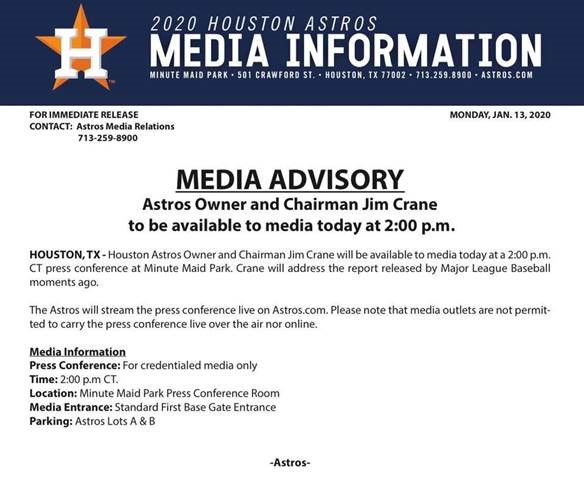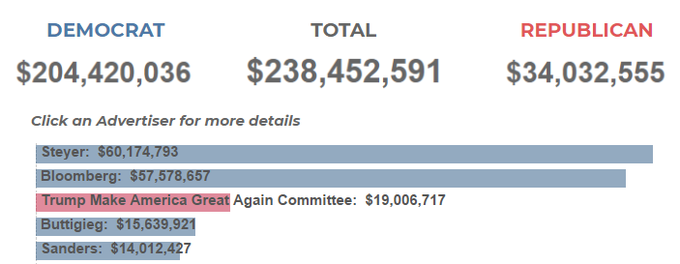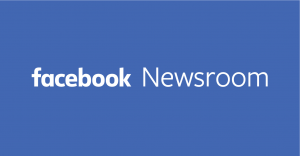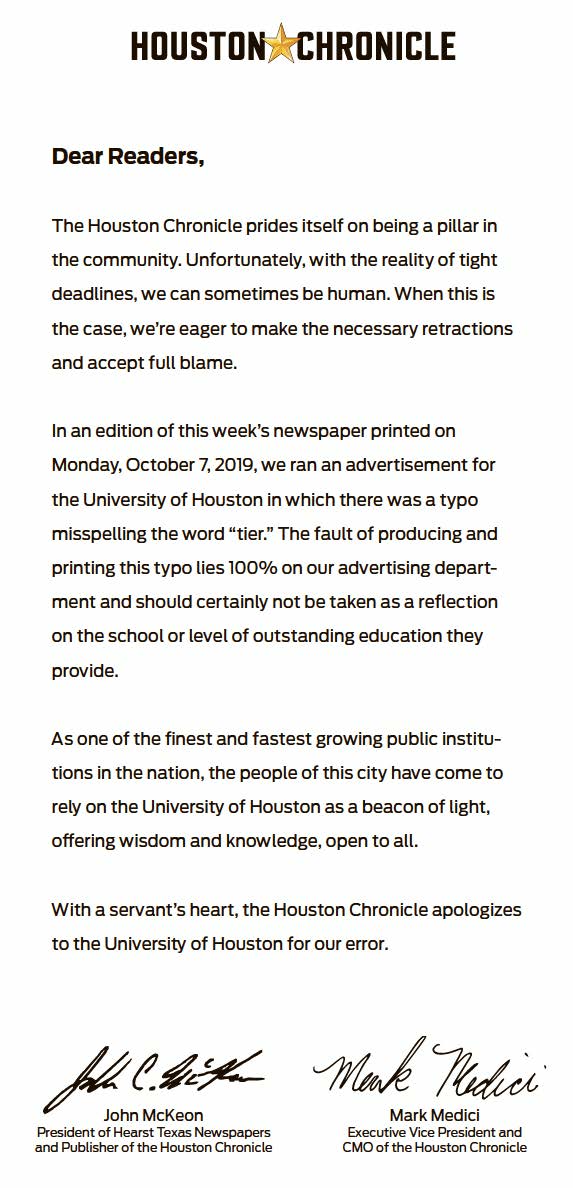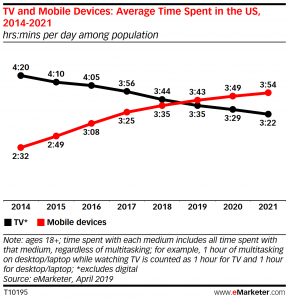
A research team at the University of California, Irvine, with collaborators at Microsoft Research have used computer logging techniques that measure attention spans and heart rate monitors and wearable devices to determine stress.
They discovered that, since 2004, the average time a person can focus on one thing has dropped from around 2½ minutes to approximately 45 seconds. There are a lot of reasons behind this shortened attention span, but the main culprit appears to be the technology we rely on more and more.
In the old days (my time), news came in the form of a morning or evening newspaper along with television news during dinner time (morning radio was also a good source of information). Now information is instantaneous. News alerts pop-up constantly on our computers, phones and even watches. By the time television broadcasts the story (or God forbid newspapers), the news is already old.
Now factor in a new technology, Artificial Intelligence (AI). This new software is turning the world on its head, creating content at a record pace and adding to the ever-increasing noise we already hear. While exciting (and frightening), there are still many questions that need to be answered.
For example, what happens when you ask Chat GPI to write a news story on the presidential election and it takes content found on the internet from the Associated Press? Is that considered stealing, plagiarizing or simply product leakage (a term AP uses to define when someone uses their content without paying for it).
There are also very serious moral implications at play. Say the military uses AI to plan an attack on a terrorist cell hidden in several buildings in a city block. Also contained in that block is an orphanage. Does AI consider that as factor when deciding to go bombs away?
AI is also having an impact on the Public Relations world. PRNewsOnline.com reported…
“This indiscriminate use of AI for mass communication simultaneously dilutes the quality of pitches and strains the relationship between PR professionals and the journalists, who now face an overwhelming amount of low-quality outreach.”
Information overload is a real thing which begs the question, when is too much, too much?
I have always been a big proponent of less is more, keeping things simple and easier to understand. It can also lead to clarity when trying to process information and trying to determine what is important and what is simply fluff.



